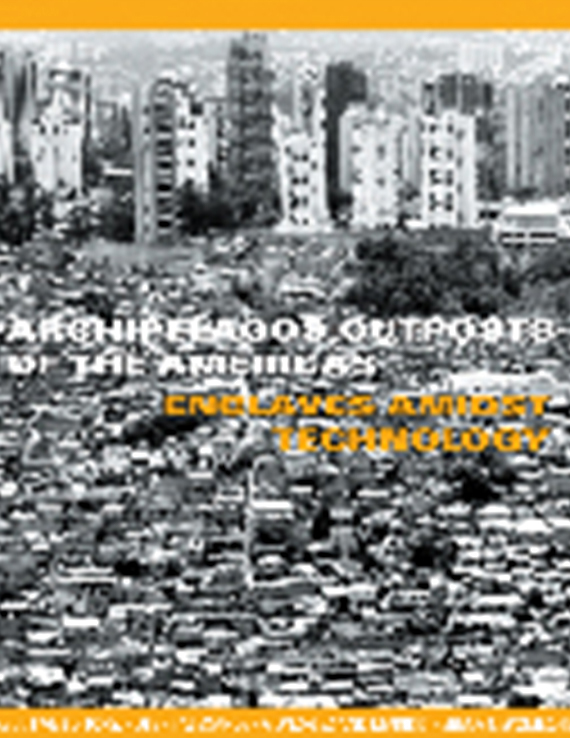Author(s): Udo Greinacher
In the second half of the 1930’s, the American Institute of Planners recognized the usefulness of the film media for transmitting social and political messages. In 1939, they commissioned and produced The City, a documentary film about the evils of city dwelling and the possibility of reclaiming the “good life” through suburban or greenbelt housing initiatives. The film opened to an estimated 45 million visitors at the 1939-1940 New York World’s Fair. For the first time, the suburb as settlement type featured prominently in an American motion picture. This paper examines and documents the cultural and economic forces behind the making of The City, and examines how the film’s form and content help convey its anti-urban message in a popular format to a broad audience. An in-depth analysis of the visual presentation of the urban and suburban environments shown in the movie is then used to reconstruct the blueprint for the suburban settlement. Ultimately, the film’s title is a misnomer. The City’s anti-urban message that declares the urban environment is ill suited for living. Rather than suggesting ways to improve or repair it, the film favors abandoning the city altogether. It successfully communicates the desirable quality of life to be had in the planned suburb to a broad audience by immersing the viewer in the actual environments rather than presenting the design principles that have formed them. Furthermore, through its dialectical structure, the film implies that clearly defined mono-functional spaces with predetermined uses, as found in the greenbelt town or suburb, are the inevitable answer to our dissatisfaction with the city. As the first motion picture to establish a blueprint for the suburb, The City has defined our expectations of suburban life.
Volume Editors
Marilys R. Nepomechie & Robert Gonzalez
ISBN
0-935502-54-8

 Study Architecture
Study Architecture  ProPEL
ProPEL 
